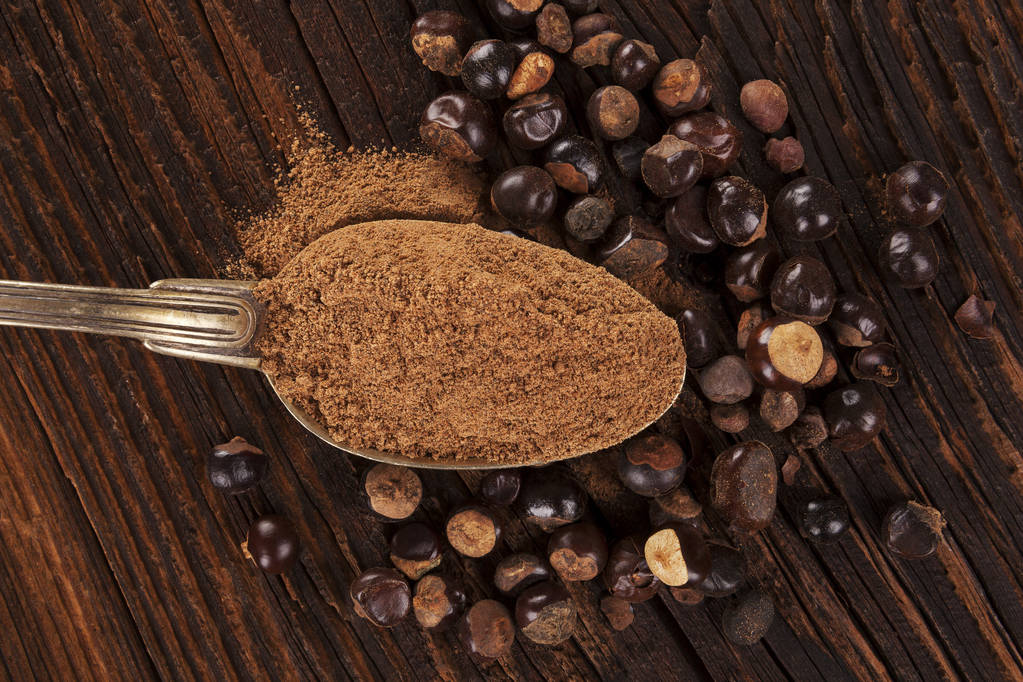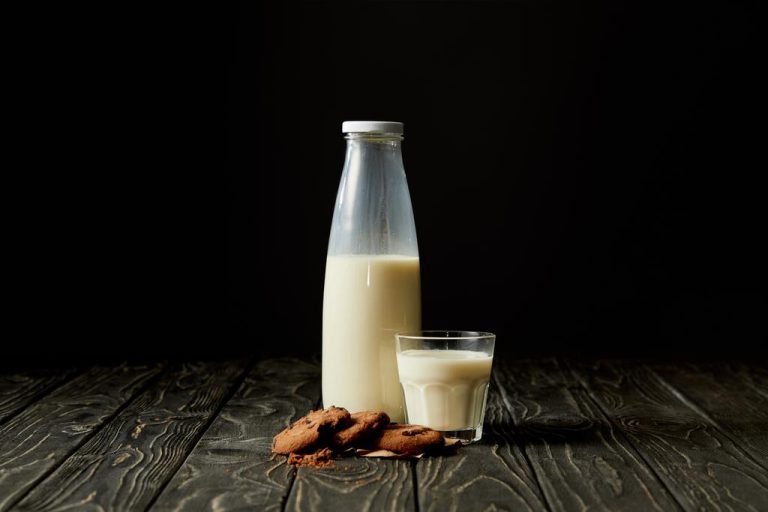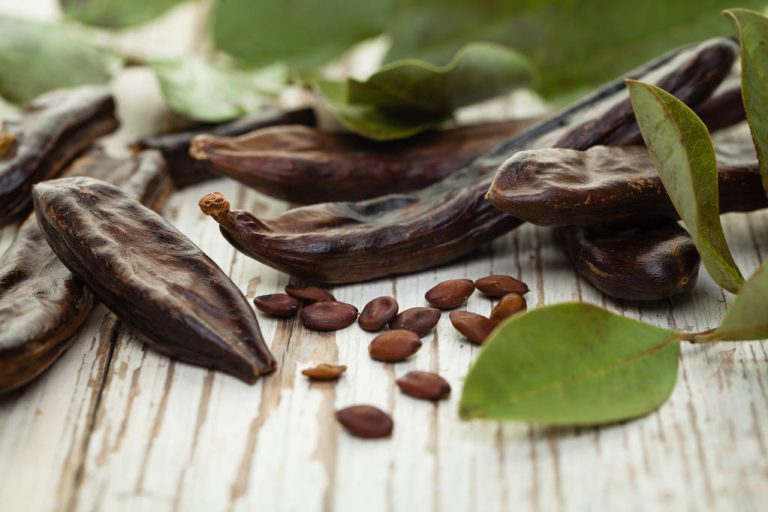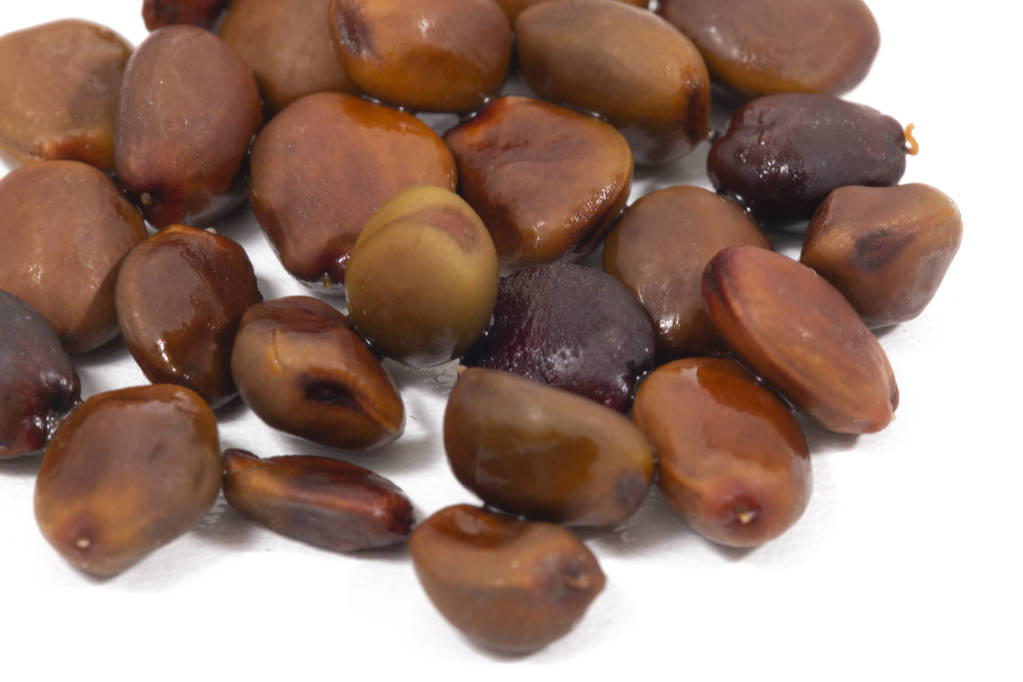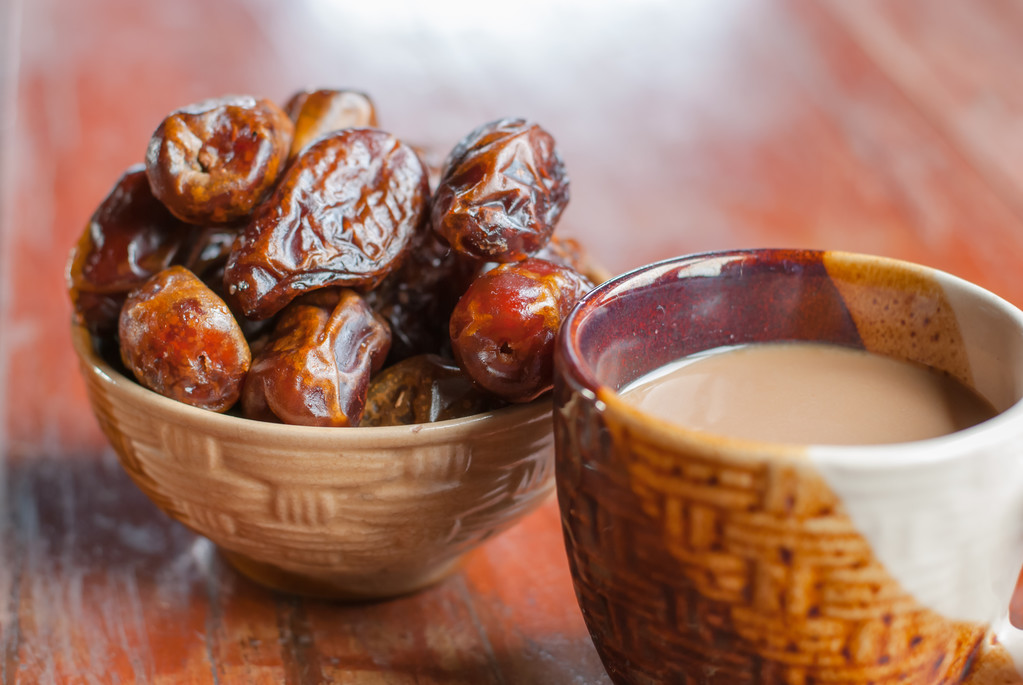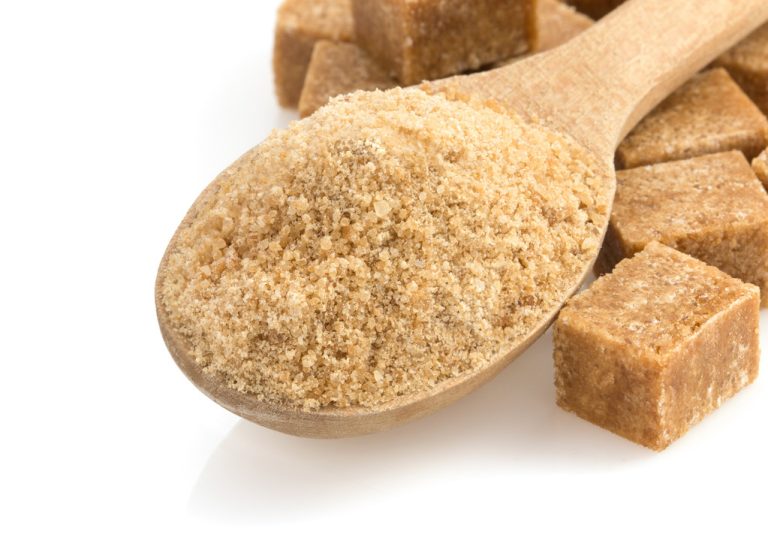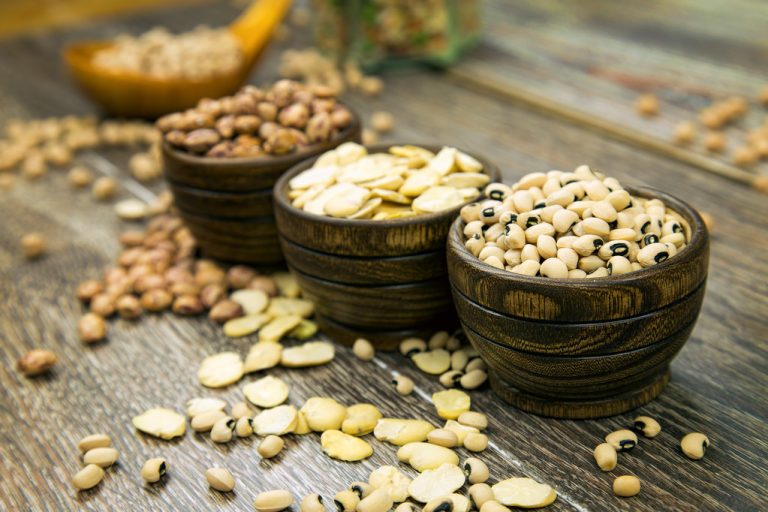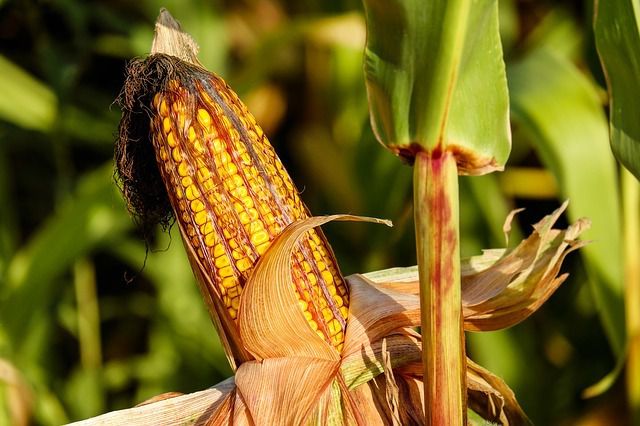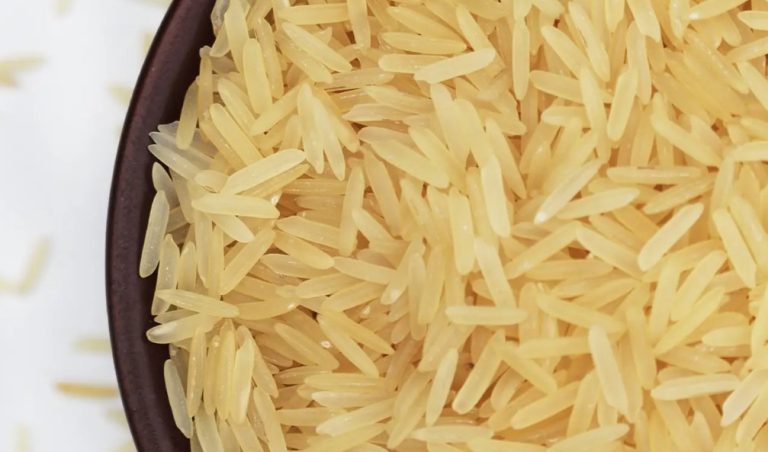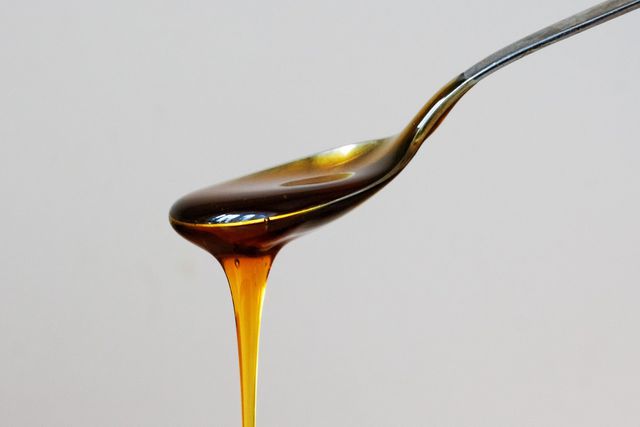What was it like: eat like a king in the morning, like a king at lunchtime, and like a pauper in the evening.
Easily said, but our breakfast culture is pretty bad. Quickly bought a roll from the bakery on the way or sweet bars for school, people are in a hurry in the morning and after a rested night the stomach only comes up later. It is particularly important early in the morning to start the day well and, above all, healthy.
As an alternative to bread, rolls, or nothing at all, there are delicious grain products such as cornflakes, muesli, or various homemade fresh grain dishes. Fresh grain is the be-all and end-all of a healthy diet, and with the delicious fresh grain porridge, you can prepare a tasty dish that will keep you full all morning. The practical thing about fresh grain porridge is that it can be made with minimal preparation time and without much effort.
For this, you need a grain mill or at least a grain flaker in order to always prepare the grain dish fresh. A mill is a valuable kitchen helper that really pays off in the long run, because freshly ground flour or grist can be used in many ways.

The basic recipe for a cereal porridge
Coarsely grind three tablespoons of grain per person and mix with unboiled cold tap water to form a paste and leave to soak overnight. Please calculate enough water so that nothing is thrown away. The next morning, the fresh grain porridge is served with fresh fruit, honey, yogurt, or fresh whipped cream. You can add nuts or raisins if you like. One variant is a freshly grated apple, which makes the fresh grain porridge particularly fluffy.
Millet porridge with raspberries
- 3 tbsp millet
- 50 grams of raspberries
- 1 banana
- 2 tablespoons sweet cream or 2 tablespoons natural yogurt
- 1 MS vanilla, lemon juice
- 1 tsp neutral honey
The millet is so fine-grained that it can be soaked without being crushed. Mix with the ingredients the next morning and season with vanilla, lemon juice, and honey.
Three-grain kiwi porridge
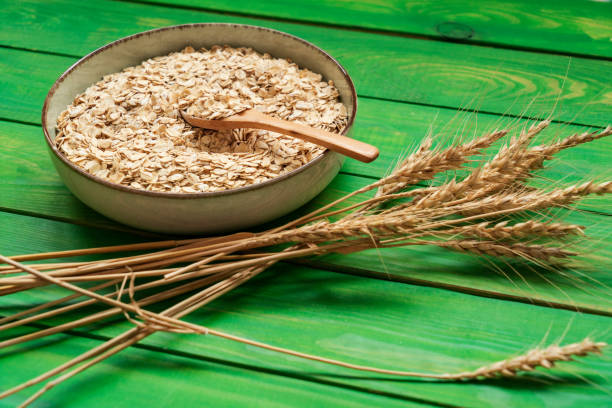
- 1 tbsp each of wheat, rye, oats
- 1 kiwi
- small apple
- 50 grams of strawberries
- 2 tbsp cream or 2 tbsp natural yogurt
- 1 MS vanilla
- 1 tsp honey
- 2 -3 walnuts
Prepare the ground grain with the tap water. Leave to soak overnight and add the indicated ingredients. Decorate with chopped nuts. All types of grain can be used without any problems, you will find your personal taste by trying them out and soon you will no longer want to delete the fresh basket rice from your menu as a healthy breakfast.


